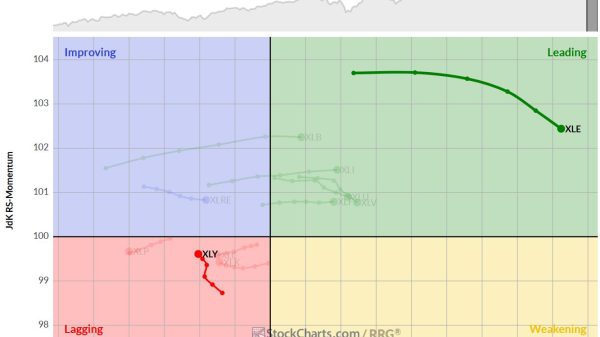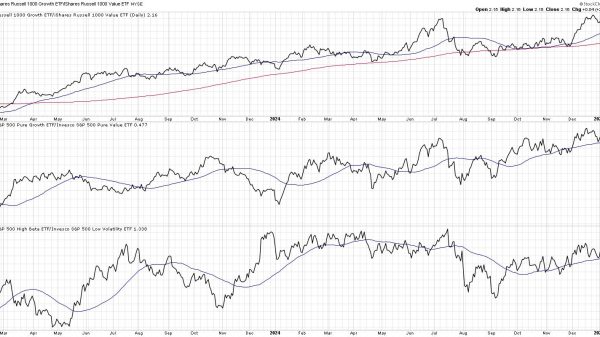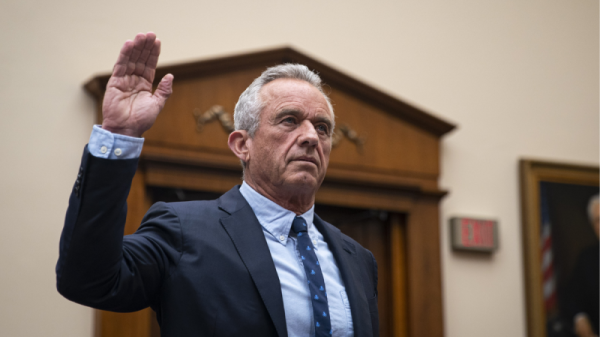In an audacious move that stunned the world, President Donald Trump unveiled a proposal to relocate 1.8 million Palestinians from Gaza, seeking to rebuild their lives in new places. Addressing the media alongside Israeli Prime Minister Benjamin Netanyahu at the White House, Trump outlined his ambitious vision for the Gaza Strip.
‘I strongly believe that the Gaza Strip, which has been a symbol of death and destruction … for so many decades—devastating for the people living there and for those anywhere near it—should not go through another cycle of rebuilding and occupation by the same people who have fought, lived, died, and suffered in that place.’
The president emphasized the importance of learning from history. ‘History, you know, just can’t keep repeating itself,’ Trump remarked, urging a departure from the failed approaches of the past.
‘Dating back nearly 4,000 years, since the time of the Patriarchs Abraham & Isaac, to the time of the mighty Biblical Judge Samson and the Philistines; from the rule of Solomon and the kings of the Davidic Dynasty, and for millenia onward; the territory of modern-day Gaza has been a place of both conflict and hope, trading hands from one ruler to another, with the potential for prosperity just over the horizon, but aside from brief periods, peace for her inhabitants and neighbors remained elusive,’ Ze’ev Orenstein, the director of international affairs for the City of David Foundation in Jerusalem, told Fox News Digital
The history of Gaza that Trump was referring to is both a long and tumultuous one.
Biblical Roots: A Battleground for Civilizations
Gaza’s history dates back nearly 4,000 years, frequently appearing in biblical narratives. It was one of the five key cities of the Philistines, who arrived from the Aegean, known for their clashes with the Israelites. The story of Samson, who tore down a Philistine temple, is one of the earliest recorded tales of destruction and rebuilding in Gaza. Over centuries, it was conquered by the Egyptians, Babylonians and Persians, each bringing new rulers and forcing population shifts. Even then, Gaza was a land where people came and went, often not by choice.
Ottoman Rule: A Strategic Military Outpost
Under the Ottoman Empire (1517–1917), Gaza was a military stronghold. The Ottomans used it as a buffer zone, and while some periods saw growth, it was frequently abandoned during wars. In 1799, Napoleon’s forces briefly occupied it before retreating. Once again, Gaza was left in ruins, and its population had to start over.
The British Mandate and the First Exodus
When the British took control in 1917, Gaza became part of the British Mandate for Palestine. Tensions between Jews and Arabs escalated, leading to violent clashes. By 1948, when Israel declared independence, thousands of Palestinian refugees fled to Gaza, turning it into an overcrowded enclave under Egyptian rule.
Egyptian Rule: No Citizenship, No Stability
From 1949 to 1967, Egypt controlled Gaza but never integrated it. Palestinians living there were not granted Egyptian citizenship, and Gaza remained impoverished and politically unstable. When Israel captured it in the Six-Day War, the cycle of displacement and destruction resumed.
Israeli Rule: Settlements and Economic Integration
After Israel took over Gaza in the Six-Day War in 1967, Jewish settlements were built within the coastal enclave, creating economic interactions between the two peoples – but also increasing the level of tension.
Amir Tibon, himself a survivor of the October 7 attack, describes in his book ‘The Gates of Gaza,’ Palestinians found out what life looked like for their Israeli neighbors, who enjoyed a significantly higher standard of living. Soon, hundreds of thousands of Gazans would enter Israel daily for work, and Gaza’s economy became tied to Israel’s, but hostility persisted. In the 1980s, the Islamist organization Hamas became a rising force among Palestinians in Gaza, eventually succeeding in taking over the enclave and turning it into a fortress of terror.
The Palestinian Authority’s Short-Lived Rule
After the Oslo Accords, the Palestinian Authority (PA) took administrative control of Gaza in the 1990s. For the first time, there was hope for Palestinian self-rule, but corruption and internal strife plagued the PA’s governance. During the Second Intifada (2000–2005), terrorist attacks from Gaza escalated, leading to Israeli military operations that devastated the region once again.
Hamas: Ruling by Force, Trapping Its People
In 2005, Israel withdrew from Gaza, removing all settlements. In 2007, elections were held, and Hamas took control, ousting the PA. Since then, Hamas has engaged in repeated attacks on Israel, leading to destruction and humanitarian crises. With Hamas prioritizing terrorism over governance, Gaza has remained in a state of war and siege. Today, it is one of the most densely populated places in the world, with 2 million residents.
Richard Goldberg, a senior adviser at the Foundation for Defense of Democracies, told Fox News Digital, ‘Israel withdrew unilaterally 20 years ago. Egypt wants nothing to do with Gaza. Hamas is a terrorist group, not a government. Gaza is no man’s land, with 2 million people used as political pawns instead of human beings.’
A Land That Has Always Been Rebuilt
Trump’s idea of relocating Gaza’s population and rebuilding new communities echoes patterns from the past. Whether it was the Philistines, Ottomans, the British, or Egyptians, Gaza has frequently seen its population displaced, only to return or be reshaped under new rulers. While today’s political realities make mass relocation unlikely, history shows that radical shifts in Gaza’s demography are not unprecedented.






























